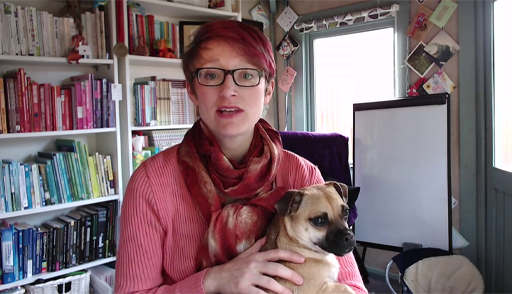2.1 Active listening
Active listening became a professional skill largely thanks to the American psychologist Carl Rogers (1902–1987), who developed a ‘person-centred approach’ to therapy. This approach involved focusing closely on the speaker, not only listening to their words but also to the expression of their voice and other aspects of body language. It also involved portraying warmth and care, helping the speaker feel safe to share unsettling thoughts and feelings (Barrett-Lennard, 1999). Counsellors often undertake many hours of training to achieve this type of skill. However, it is important to note that on a basic level, a lay person can learn to offer warmth, support, guidance and structure to help someone find solutions.
In the next activity you will reflect on the importance of listening to young people who are experiencing distress.
Activity 3: Just listen
Watch Video 3 where Pooky talks about different strategies to talk with and listen to your child. As you watch make notes on the four key messages.

Transcript: Video 3: 4 ideas for supporting a child with anxiety
Discussion
| 1. Just listen. Do not fill in the gaps or try and fix things. Try and remain calm. |
| 2. Do not be afraid of silence. |
| 3. Prompt young people to talk. Ask questions and use their words when you summarise and reflect back to them. |
| 4. Agree some next steps. |
Active listening is a technique that shows the young person you are giving them your attention and are doing your best to understand what they are telling you. It can encourage young people to talk because it shows that they are being understood and that the information they are sharing is being listened to and acknowledged.
